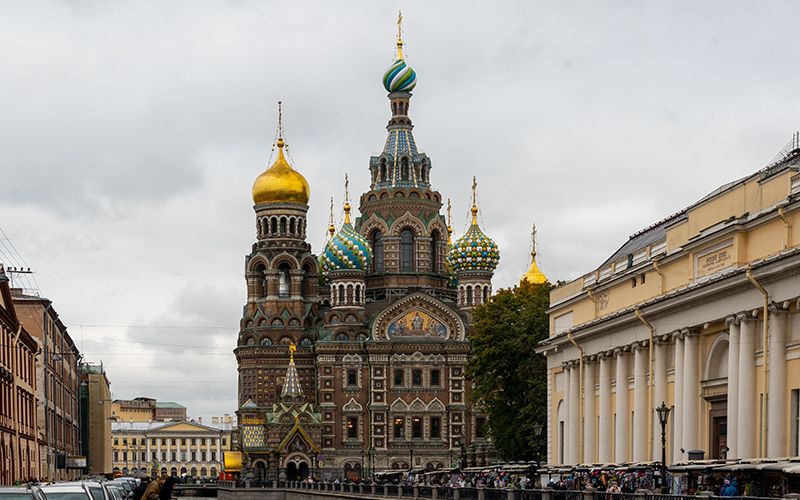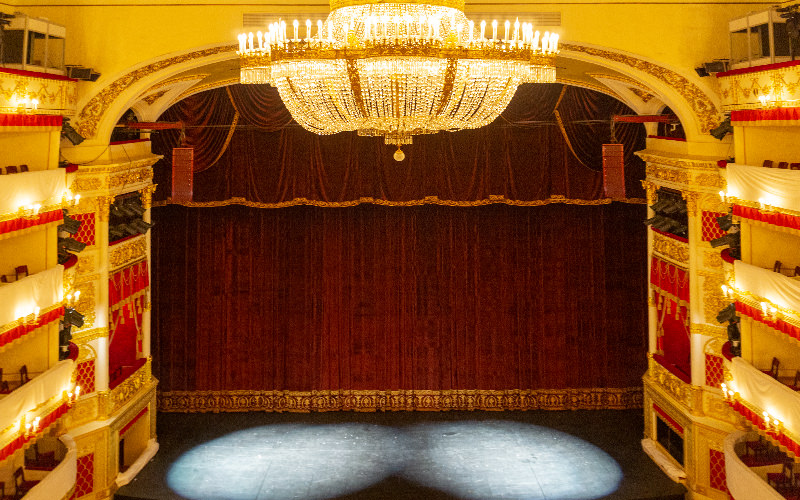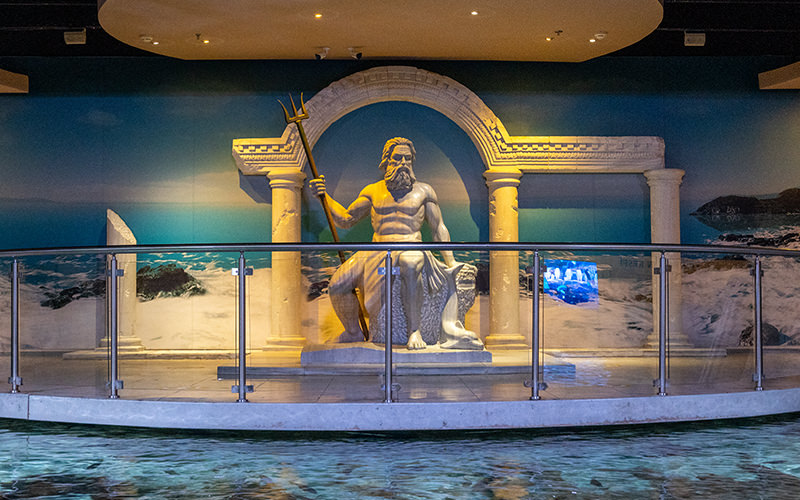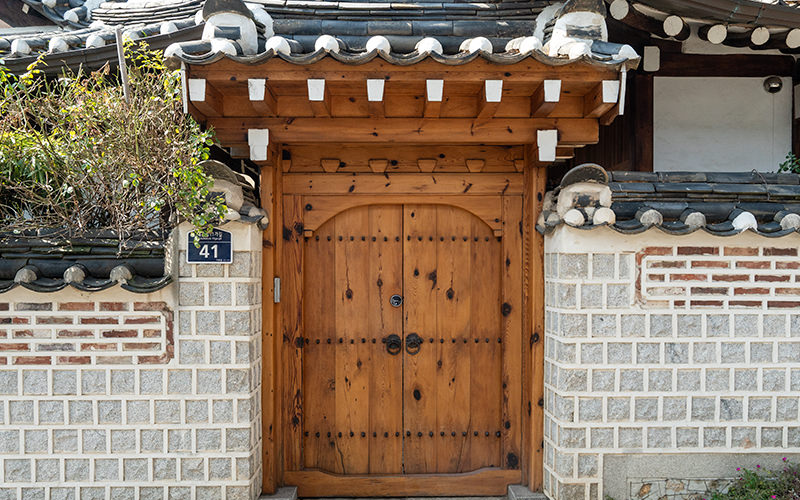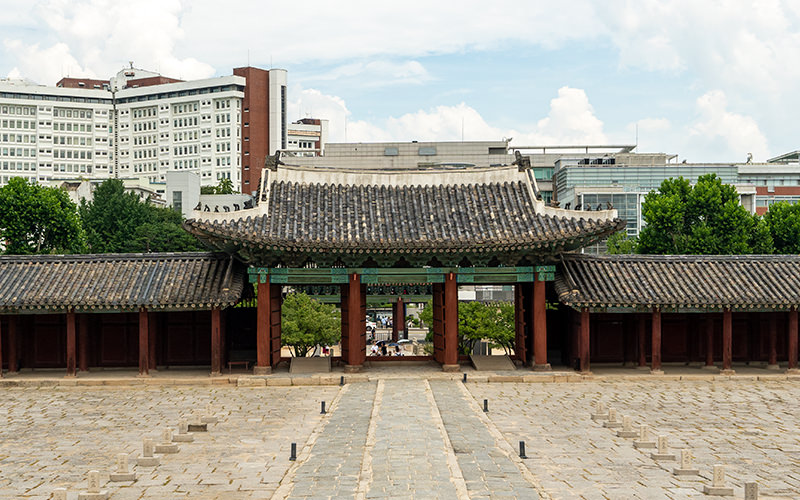The first attraction I visited in Seoul was the Gyeongbokgung Palace complex. It is undoubtedly one of the most popular tourist spots in the city: the palace is located in the central part of the metropolis, and the entrance fee is quite affordable.
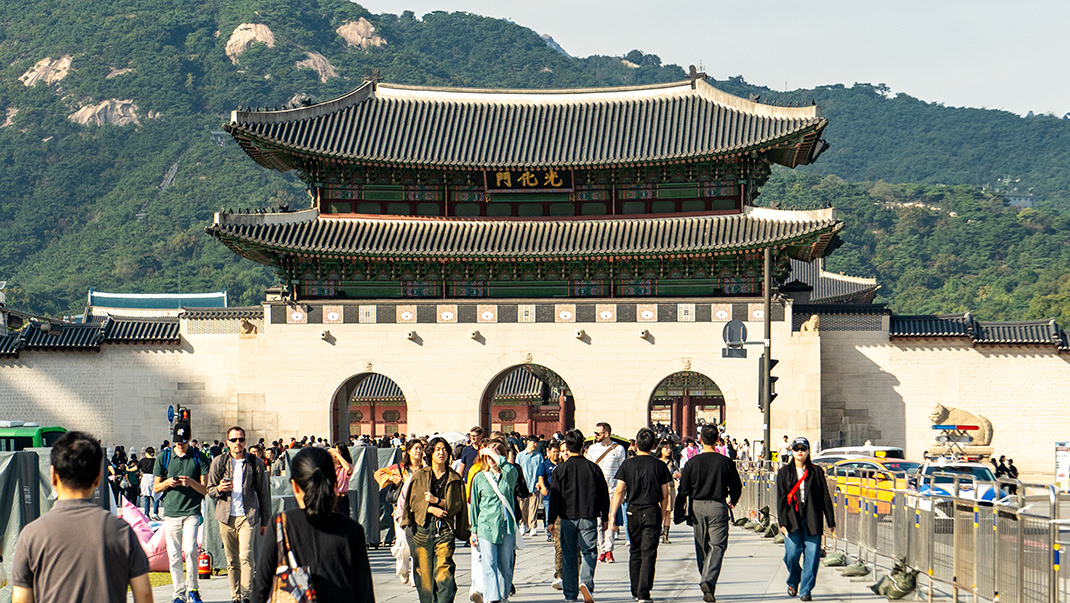

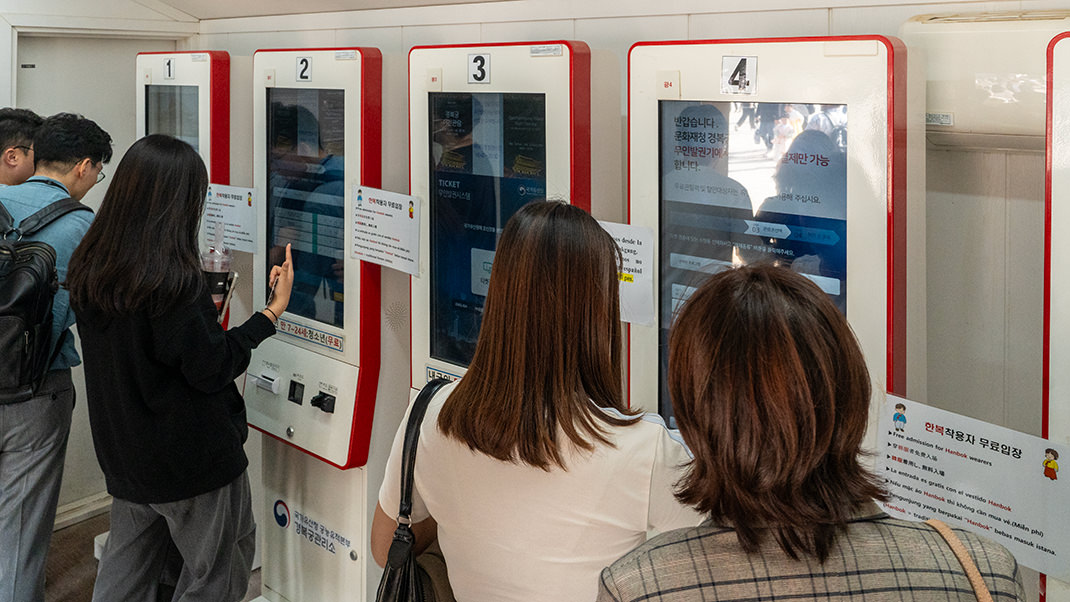
A Bit of History
The first palace was built on this site in 1395. The complex is sometimes called the "Northern Palace," reflecting its location relative to the Gyeongheegung and Changdeokgung residences. It is believed that Gyeongbokgung is the largest and most beautiful palace in Seoul. I encountered various translations of the name of this place. Some sources state that Gyeongbokgung means "a palace generously blessed by the heavens," while others suggest that the name expresses a wish for prosperity and great wealth for the ruling dynasty.
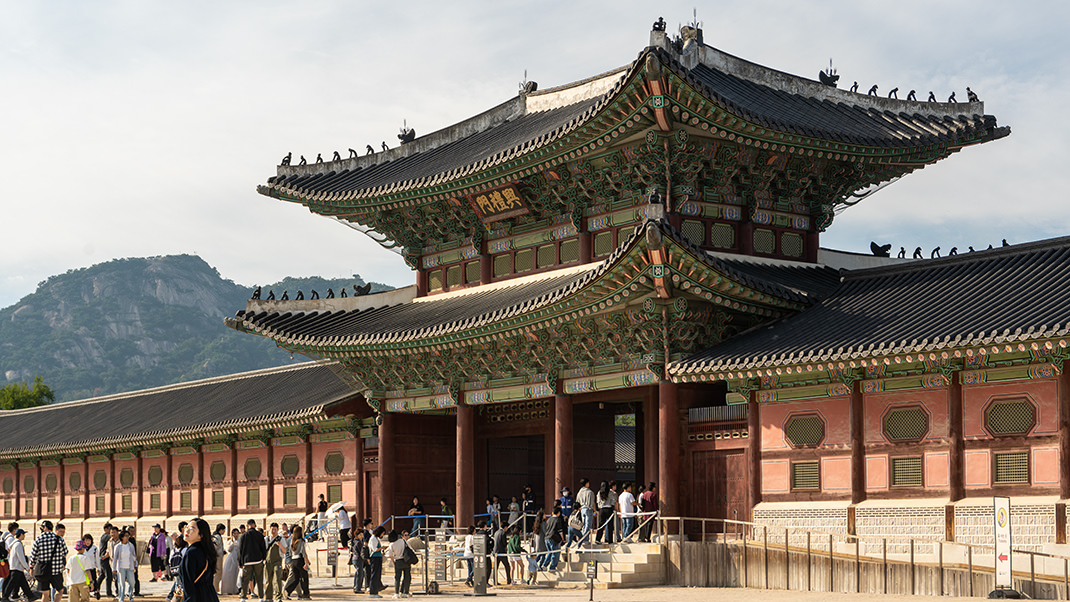
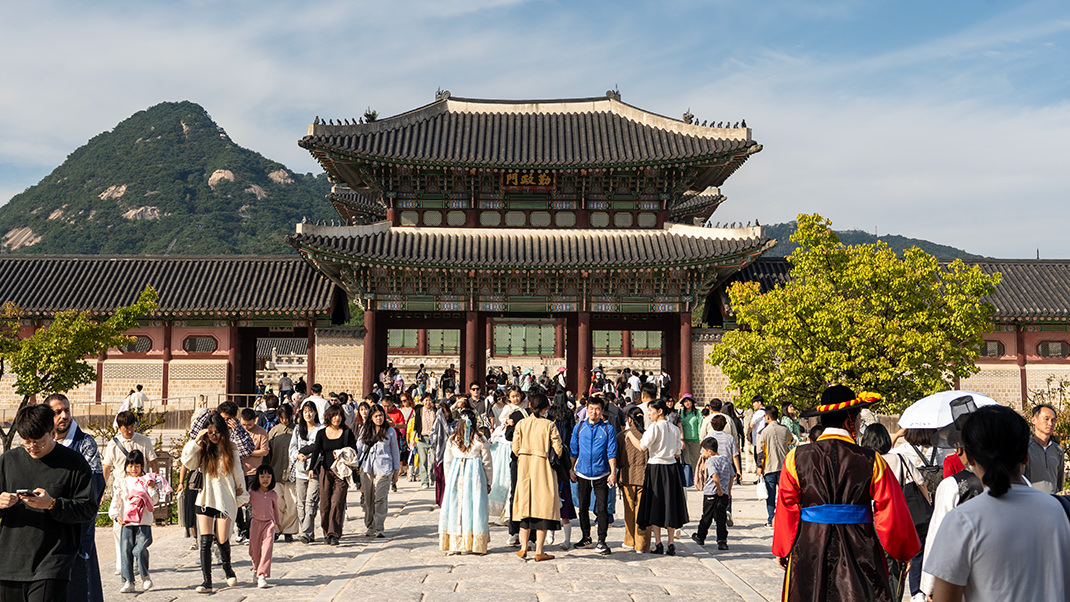
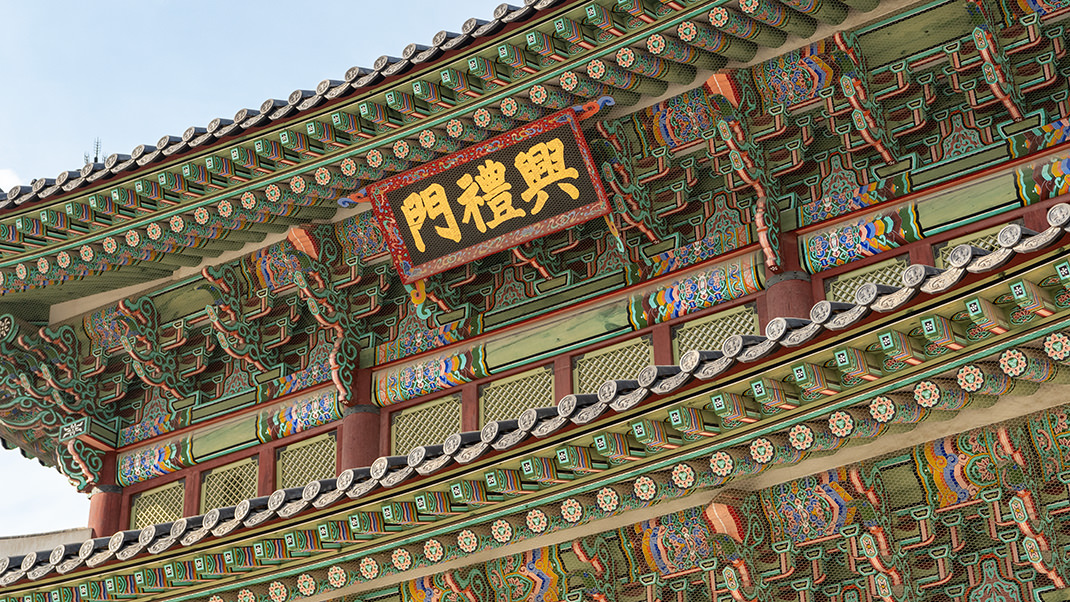
All the palaces in the city, including Gyeongbokgung, were destroyed by fire during the Imjin War, which took place in the late 16th century. After the destruction, the palace was not restored for a long time, and the main residence became the Changdeokgung complex.
The restoration of Gyeongbokgung was completed only 270 years after its destruction, and the work continued until 1867. During the reconstruction, several new buildings were added to the complex, with a total of about 500 structures on the grounds.
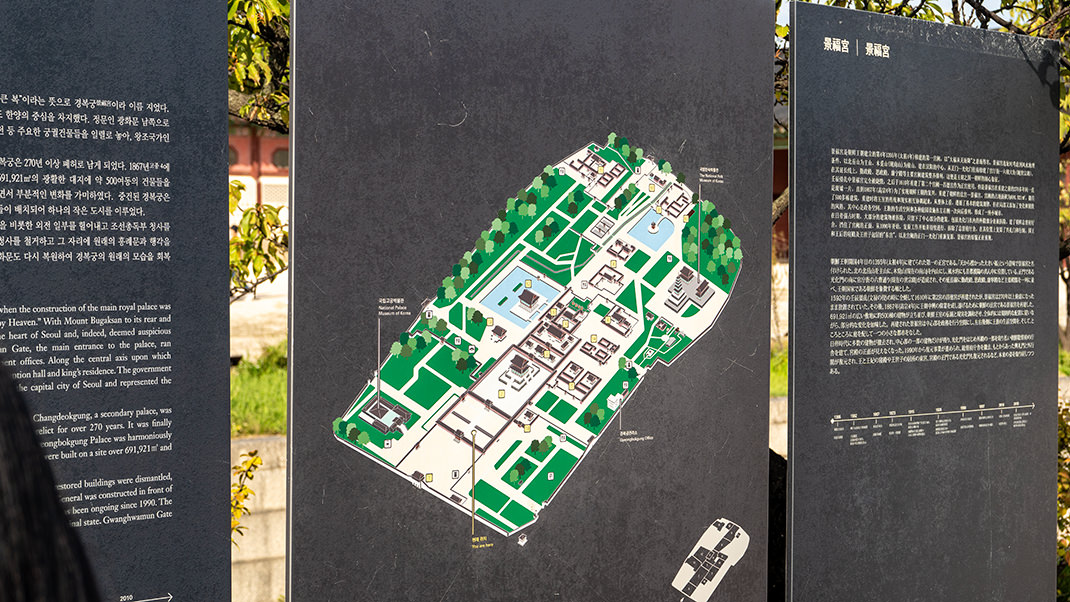
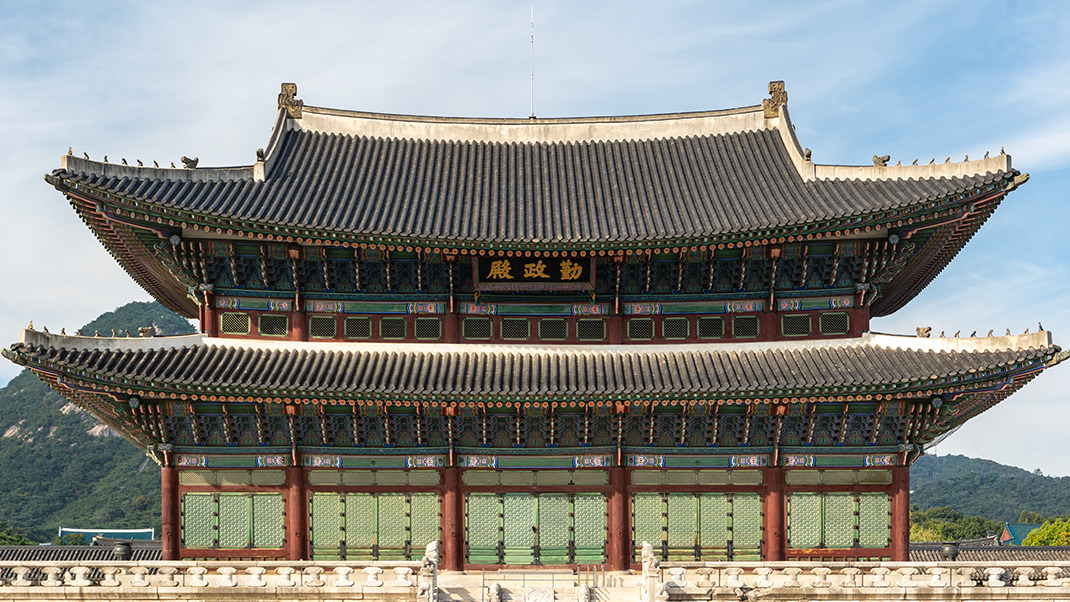
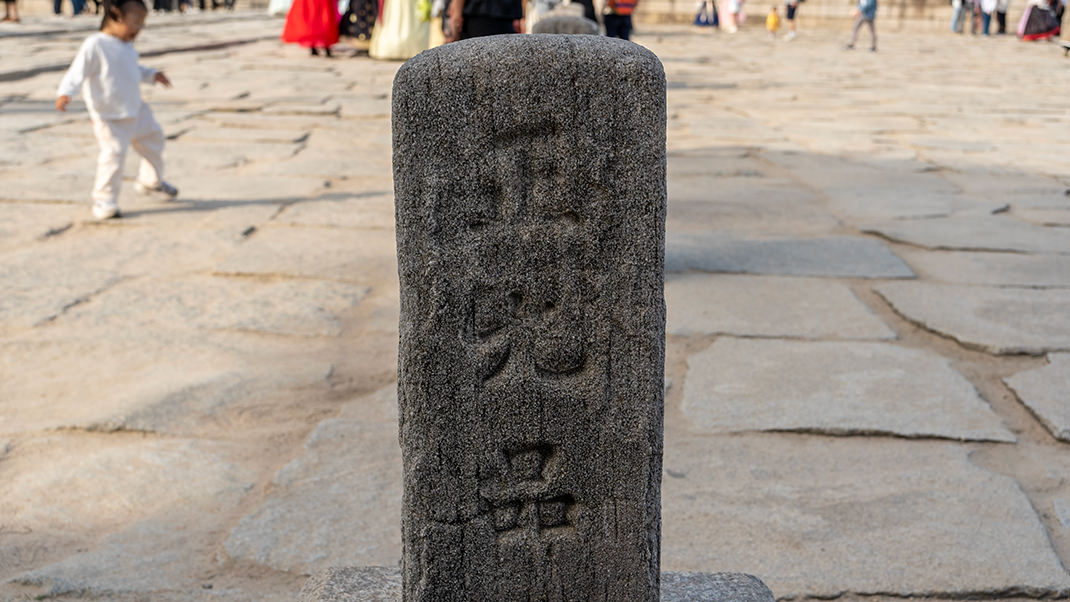
In the early 20th century, some of the palace's buildings were destroyed again, during the 1915 industrial exhibition. Later, the Gwanghwamun Gate disappeared from the map of the complex, and a large administrative building was constructed in front of it. The modern life of the palace began in the 1990s. The buildings we see here today are the result of restorations from those years.
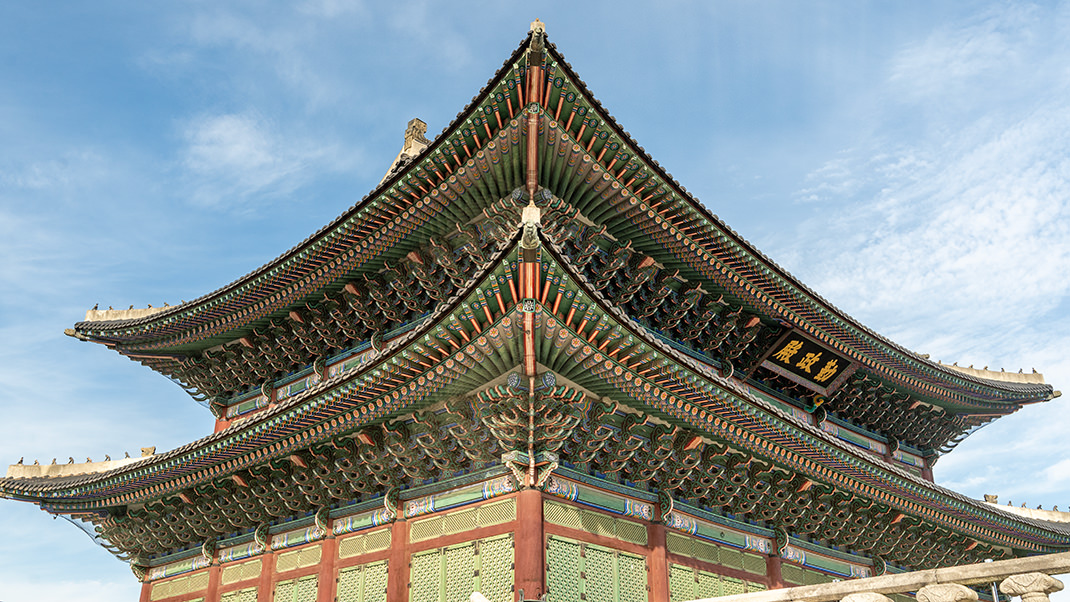
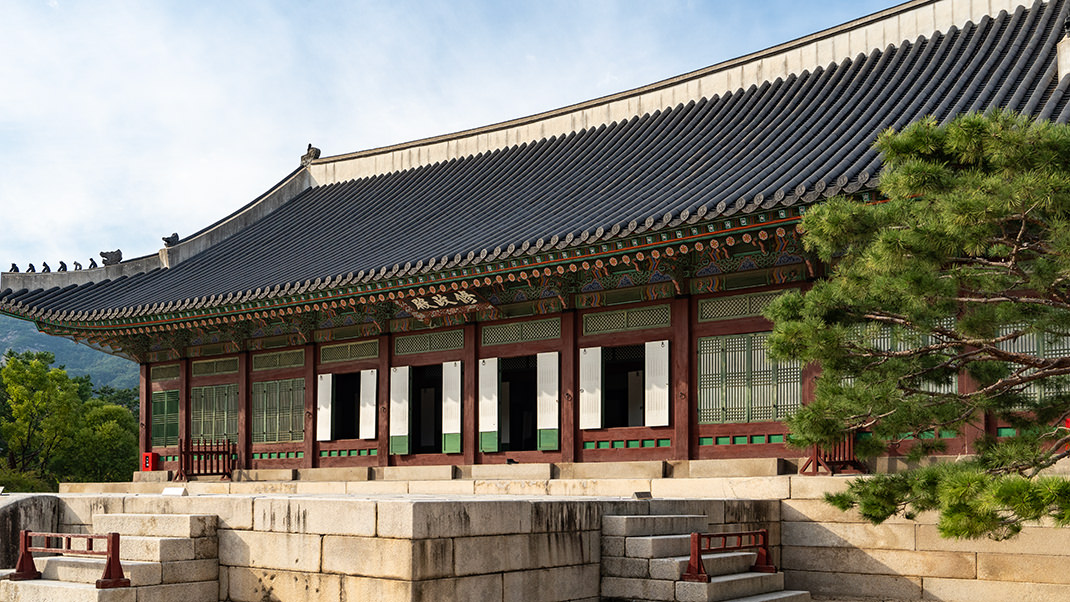
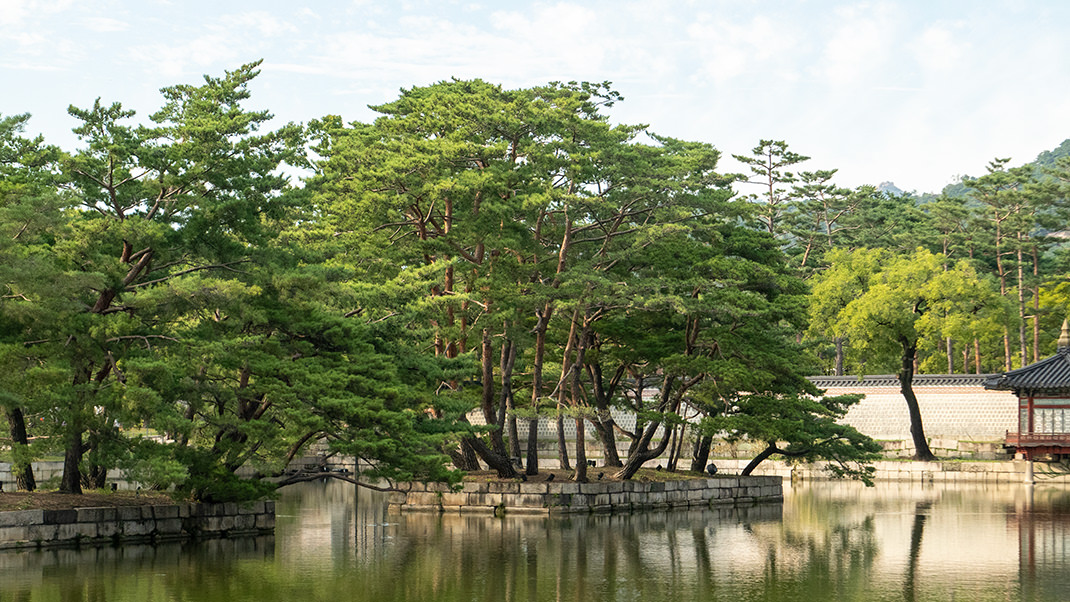
The palace complex is a large enclosed area with many buildings and ponds. High mountains rise behind the palace, creating a beautiful view. During my visit, I saw many people dressed in traditional Korean clothes. This clothing is called hanbok.
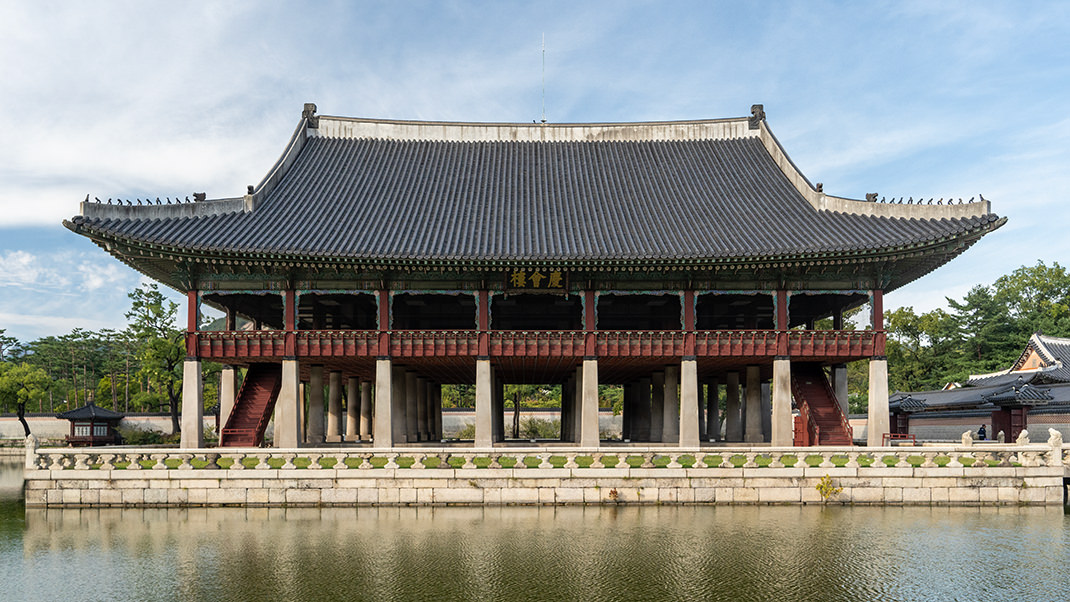
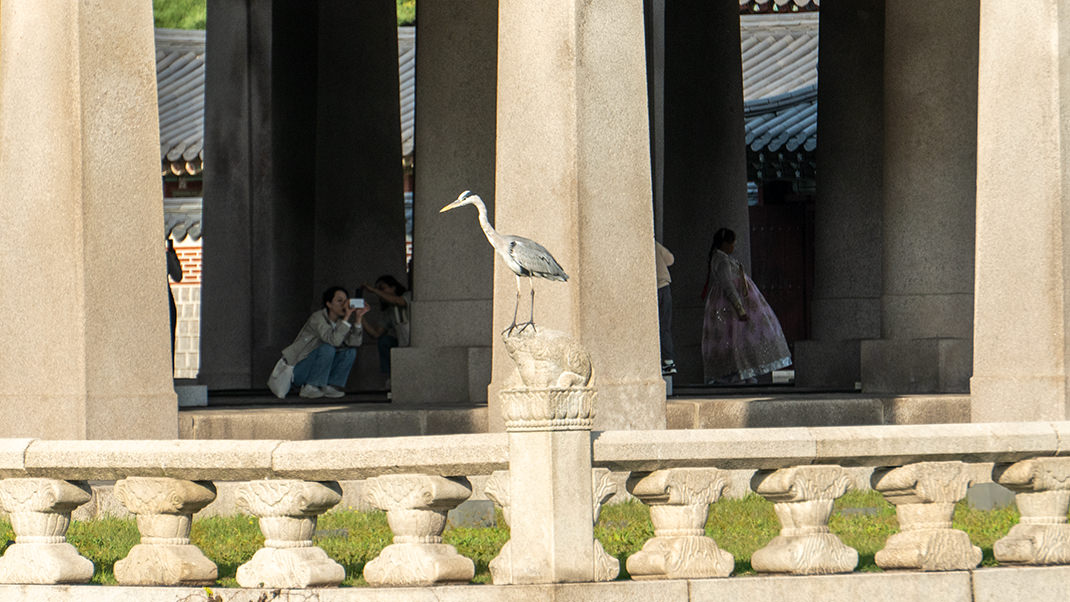
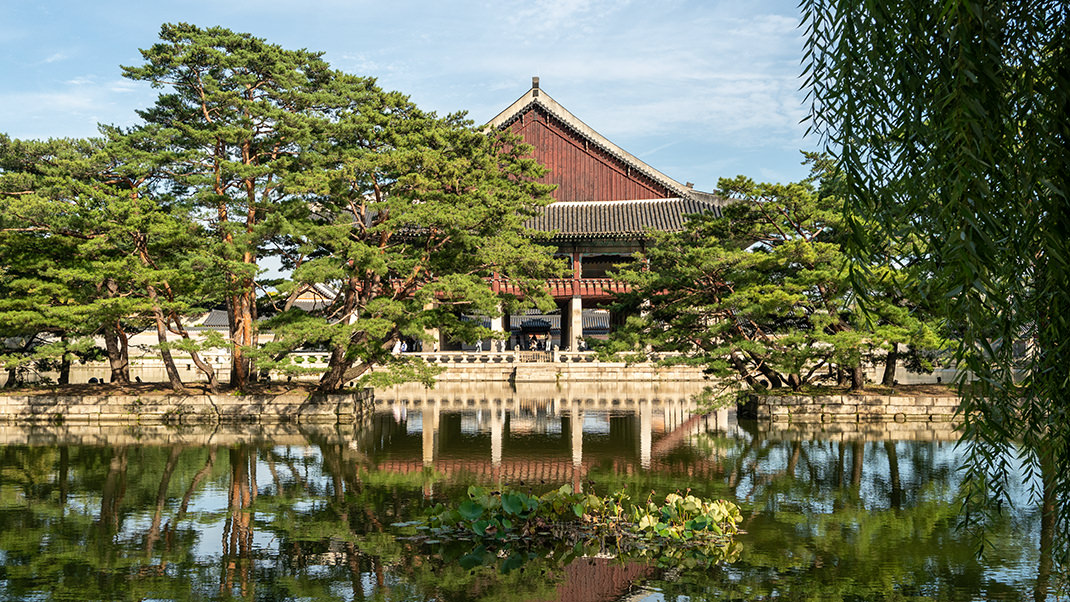
Gyeongbokgung Palace: How to Get There
The palace complex is located in the central part of the city, close to other interesting places in Seoul. It is easy to get there by subway, with stations like "Gyeongbokgung," "Gwanghwamun," and "Anguk" nearby. The walk from these stations will take about 5–10 minutes.
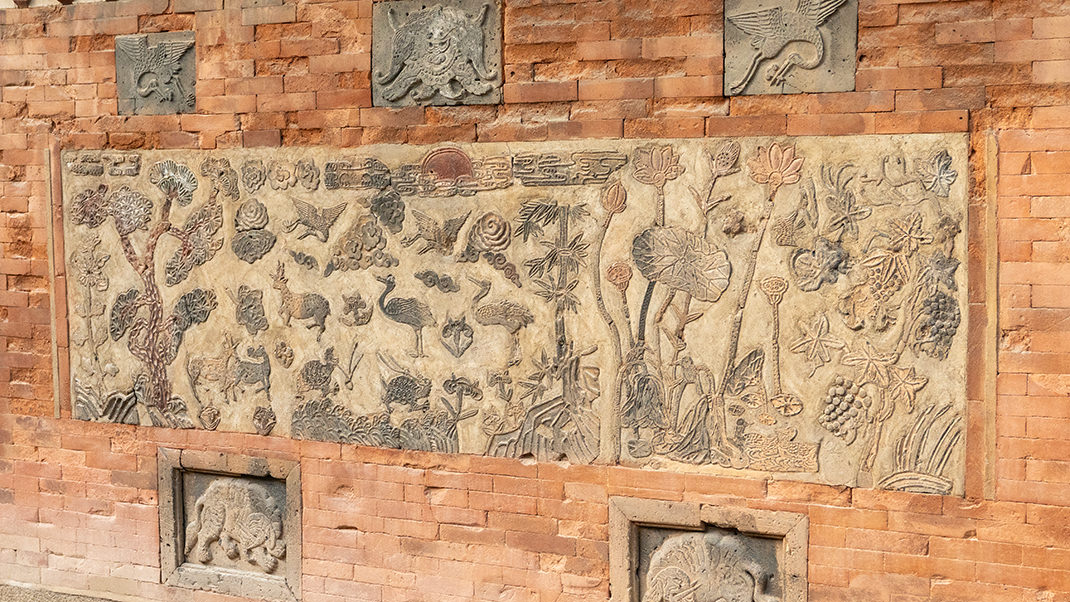

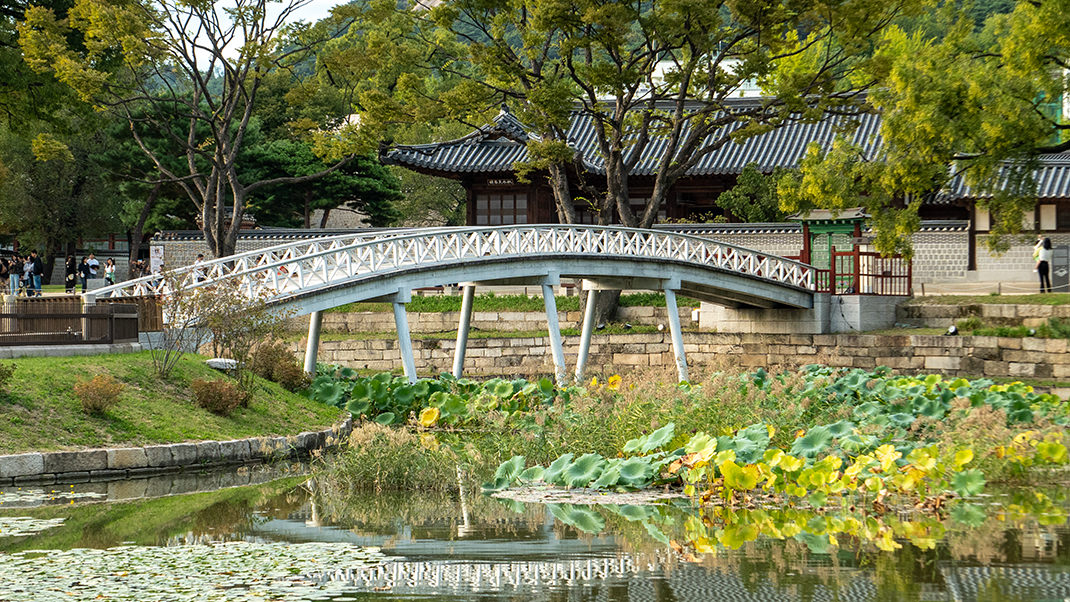
The entrance fee to the complex is 3,000 won (November 2024). You can pay with either cash or a credit card.
According to the website of the Korea Tourism Organization, the royal guard changing ceremony takes place at 10:00 and 14:00, and guests can see the guard procession at 11:00 and 13:00. At 9:35 and 13:35, actors perform a public drill of the royal guards.

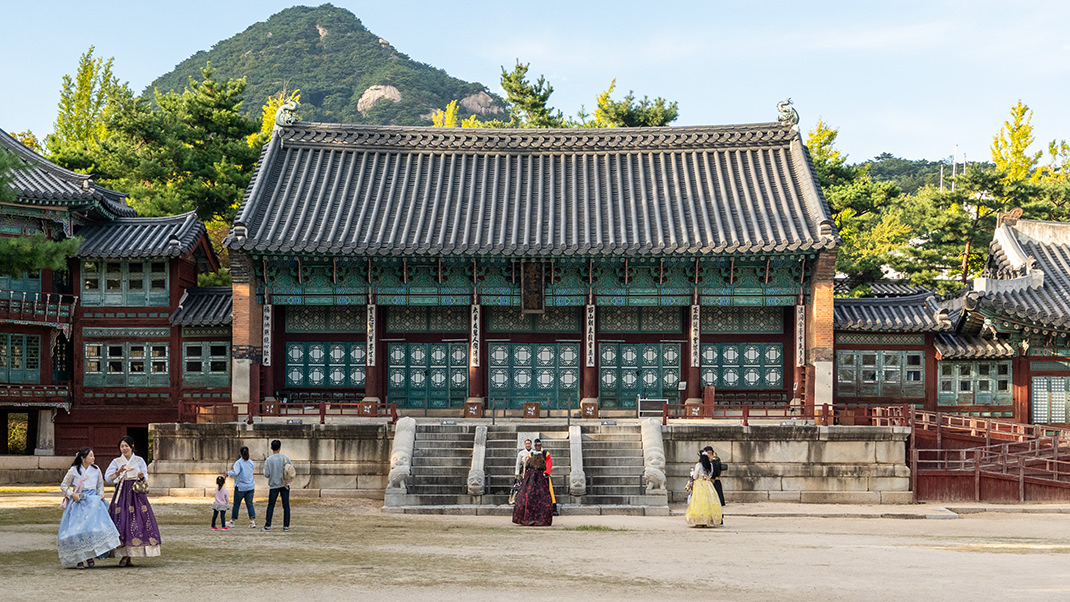
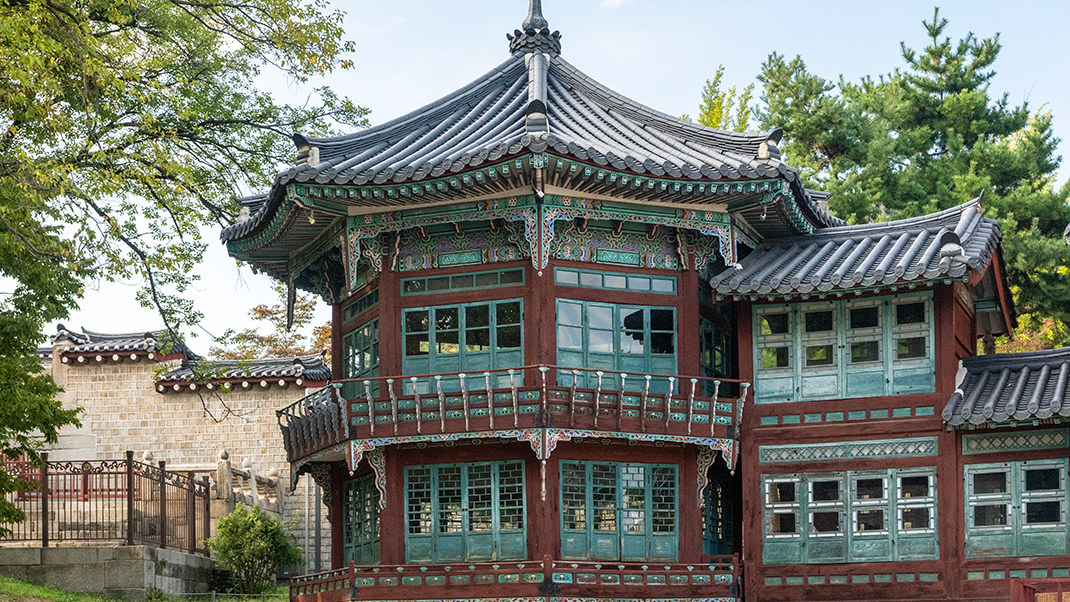
The next article about Seoul will focus on the Deoksugung Palace, and both complexes are located not far from each other.
Have a nice trip!


